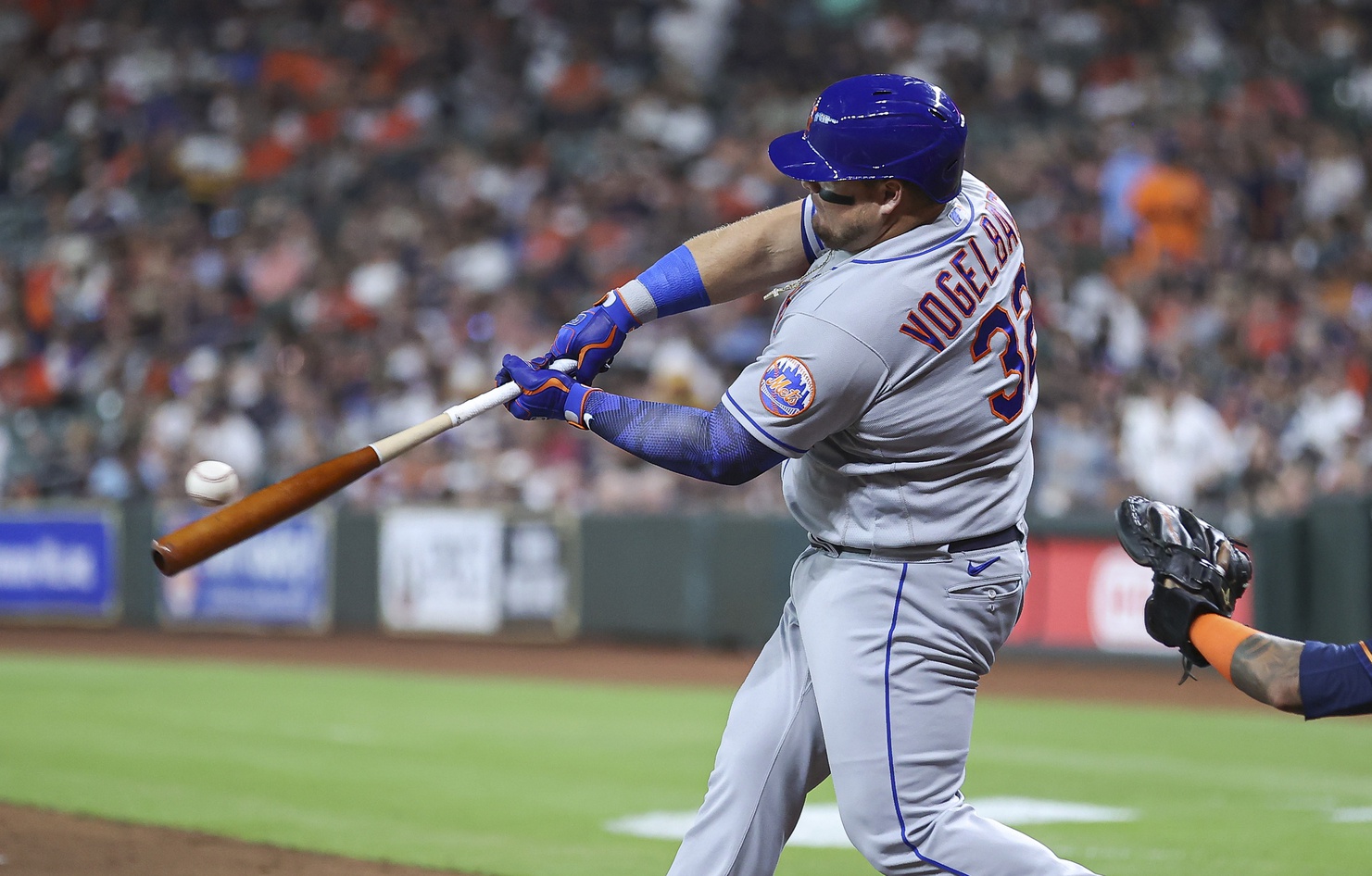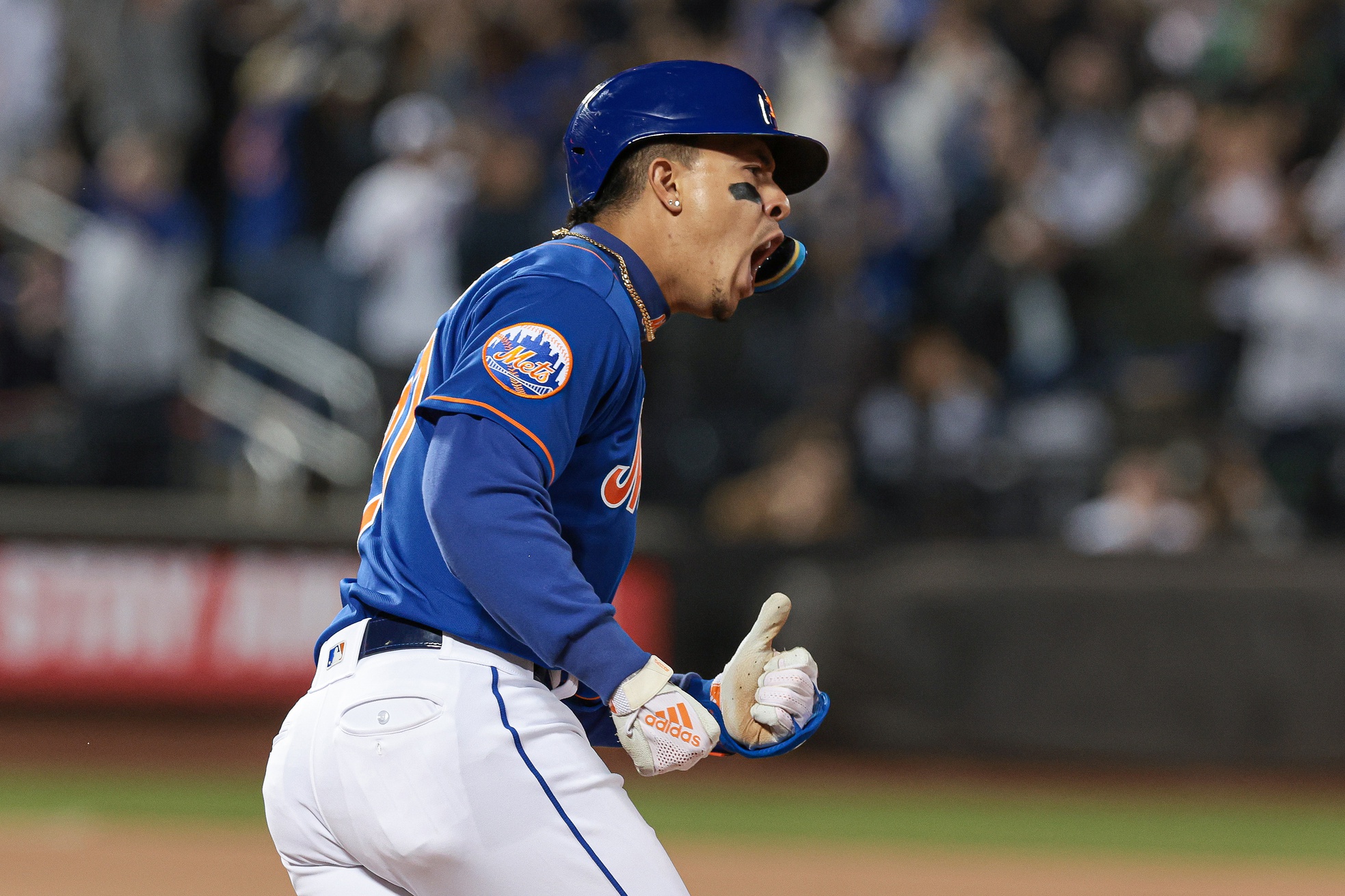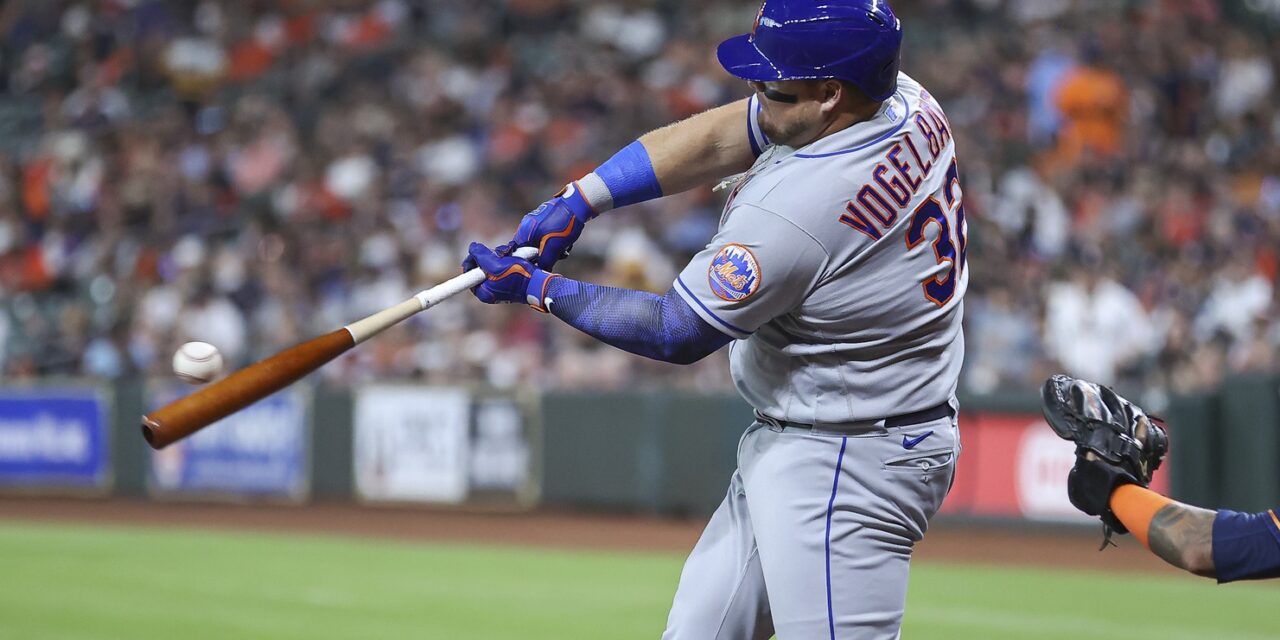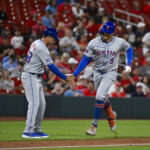It is no secret that the designated hitter position has been the subject of much criticism from Mets fans throughout the first half of this season. Much of that vitriol has been directed toward the team’s primary designated hitter option, Daniel Vogelbach, who has not performed up to standard. Other than Vogelbach, who primarily plays against right-handed pitchers, the Mets have used the position to give some of the regular position players a day off from fielding duties. In addition, infielder Mark Vientos briefly occupied the position during his short stint with the MLB team earlier this season.
When the universal DH rule was implemented into the National League in 2022, there was much excitement spreading throughout the fanbase, as it was expected to elongate their potent lineup. However, the production from the position has not lived up to the lofty expectations, to say the least. That is not to say that the Mets have not tried to generate success, as they have gone through a number of options from aging superstars like Robinson Canó to platoon specialists like Darin Ruf. The common theme has been their inability to stick at the position and make meaningful contributions to a winning product.
That being said, I will be individually analyzing the performance of Vogelbach and Vientos while also evaluating the production from the position as a whole. This will provide a balance between the focus on Vogelbach and the contributions from the various position players that have occupied the spot.

Troy Taormina-USA TODAY Sports
Daniel Vogelbach: D
Daniel Vogelbach entered the season as the primary designated hitter option against right-handed pitching, with the expectation that he would play his platoon role well. In 186 at-bats against right-handed pitching, Vogelbach is batting .241/.355/.380 with a .735 OPS. While he has demonstrated an ability to reach base at a decent clip, his poor base running skills negate any real impact he can provide once he reaches base.
Base running aside, the designated hitter position is meant to provide a power spark to the lineup, and Vogelbach has certainly failed to do that with just five home runs and seven doubles to this point. In addition, some players could justify their lack of hitting with strong defensive skills. However, Vogelbach’s inability to be placed in the field not only derails his value on an individual basis, but also handicaps the team by utilizing a roster spot on a player that is one-dimensional.
When trying to project Vogelbach’s future output, the data looks murky at best. While he is in the 85th percentile of hard hit percentage and the 94th percentile in walk percentage in 2023, he is in the 9th percentile for xBA (expected batting average) and the 26th percentile in barrel percentage. These mixed numbers do not indicate a promising second half for Vogelbach, but time will only tell.
He is making $1.5 million this season with an additional year of control through arbitration for next season. As a result, a decision to cut ties with Vogelbach in the offseason, or earlier, would not provide too large a financial burden for the Mets’ front office. However, the Mets are likely kicking themselves for having traded relief pitcher Colin Holderman, who has established himself as a reliable bullpen piece for the Pirates, for Vogelbach last season.

Mark Vientos. Vincent Carchietta-USA TODAY Sports
Mark Vientos: Incomplete
Mark Vientos only appeared in 10 games as a designated hitter this season, so I believe it is unfair to assess his performance on the same scale as Vogelbach, given his lack of opportunity. During those 10 games, he batted .240/.286/.240 with a .526 OPS. While this small sample size is not great, there is no reason why he should not be getting a more extended run at the position, especially considering the current state of the team.
This lack of opportunity falls into the responsibility of Mets’ general manager Billy Eppler and the front office, as they are providing Vogelbach too long of a leash for his underwhelming performance. While the future of the designated hitter position may not include Mark Vientos’ services, it is even less likely to incorporate Vogelbach’s, a veteran with only one more year of team control. As a result, it is puzzling why the Mets continue to let Vientos rot in Triple-A Syracuse, while the designated hitter position continues to suffer at the major league level.
If the Mets decide to sell at the trade deadline, Vientos could potentially fall into a roster spot. However, the philosophy that the Mets will adopt going into the deadline has been largely uncertain as the day approaches.
Overall Position Grade: D
When evaluating the production from the designated hitter on a larger scale, the results were not very encouraging. As a whole, the collective effort of the designated hitter position has produced a batting line of .232/.333/.392 with a .726 OPS, 13 home runs, and 52 RBIs in the 90 games that have been played this season. While the average statistics are similar to Vogelbach’s, the uptick in home run production from the other contributors to the position helps the overall numbers.
One surprising development across the league is that a lot of teams have a similar problem to the Mets. In fact, the 0.5 fWAR that the designated hitter position has produced is either the same value or better than 16 teams. While the Angels lead the way with a 1.9 fWAR from the position, all but three of the teams have a value under one. That being said, the poor performance coming from the position should not be ignored, but the perspective of other teams can certainly help fans to understand that this is not a unique plight.
Previous report cards: Starting Pitchers, Catchers, Infielders, Outfielders, Relievers















